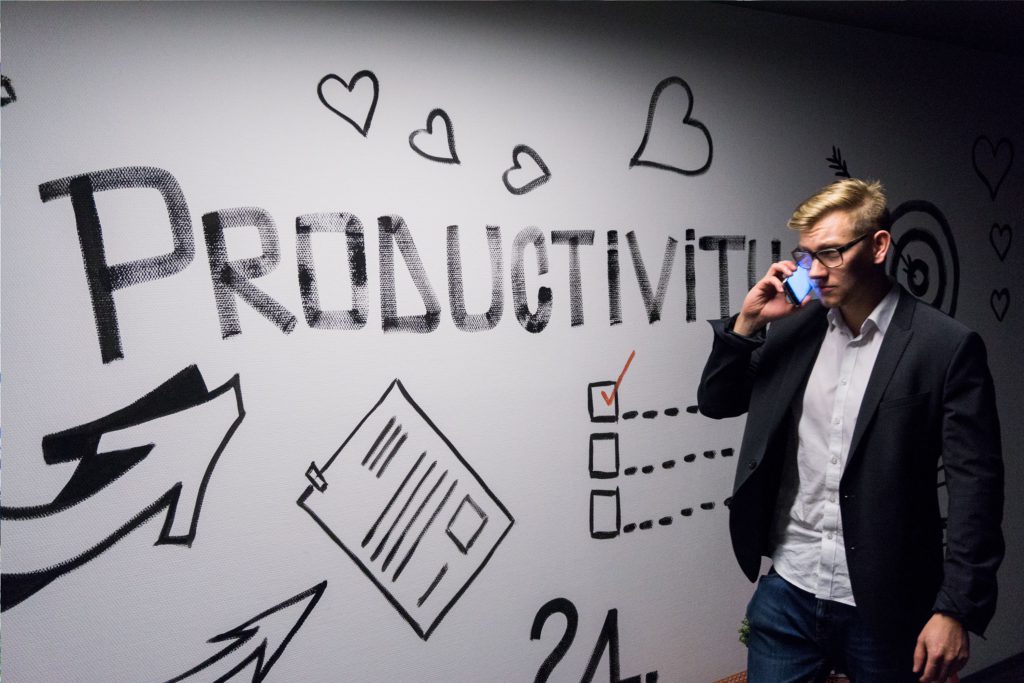QUESTION: Mike, is there a certain structure to a salesperson’s day that is the most productive, knowing there are no recruiting calls with candidates? What about a recruiter’s desk that has no business development, could you give me a rundown of ways to stay on track? – Trish, Atlanta, GA
ANSWER: Recruiter productivity is one of the most frequently asked questions at our events and mastermind meetings. The strategy I am going to share works for all recruiters regardless of their role in business development.

One, they should be given a defined daily objective for the number of people they should talk to, to define success, conversations. The daily goal for new hires is 15 conversations a day. Tenured people, I do not think it needs to be 15, but there needs to be a defined goal. There are people who will challenge me on 15 conversation a day, they claim it is impossible. The reality is that I have clients with new hires doing 15 conversations today.
Working in blocks of time is probably the best way to manage a day with a salesperson because they tend to be creative and easily distracted. I like to have a recruiter to sprint for 60 minutes in a defined activity and then breathe for maybe 15 or 20 minutes. During that breathing time, they might be checking email, getting a cup of coffee, or talking with somebody at the desk next to them. All of this is under the umbrella of how many conversations you want them to have today.
You want to make sure they have a plan for the day. In terms of creating daily to-do lists, one thing I learned in my firm was switching up when these lists are created. I found that they are really good, effective recruiters/salespeople, they are mentally exhausted around 4:30 or 5:00. Therefore, it was very challenging for them to sit down and plan for the next day. I switched the planning time. While everything was fresh in my head I would create a To-Do List, if it was Monday, say for Tuesday.
On Tuesday I would come in 45 minutes earlier and I would engineer a plan for that day. It is quieter in the morning, but energy levels tend to be higher. It is during this time that I would also engineer a search plan for this new search, create marketing MPC emails, or design an email.
Once you have a plan for the day in place, doing things in 30 to 60-minute sprints throughout the course of the day with “breaks” and breaks can be checking email. I am telling you right now if you want to double the productivity of your people, turn their email off when they are in their sprints. There is nothing that cannot wait an hour for a response.
My philosophy is if you show you are too available, meaning I reply instantaneously, I am really sending a very subtle message that I am not busy. Some people think, no, that shows great customer service. What you are doing is setting a standard you cannot maintain because you are not always going to be able to reply to an email, say straightaway. If I do that 2 or 3 times, I have set a standard, and now I go to a meeting or I am on a long phone call or I am in a string of events and I do not check my email and I take 2 hours to get back to somebody, they can get upset with me. Like, it was just 3 hours ago you sent that email.
Basically, working things in sprints, with defined outcomes, with a defined plan.
Great question. Thank you for submitting it.
Photo by Andreas Klassen on Unsplash
Recent Comments